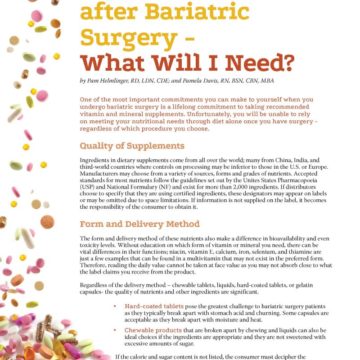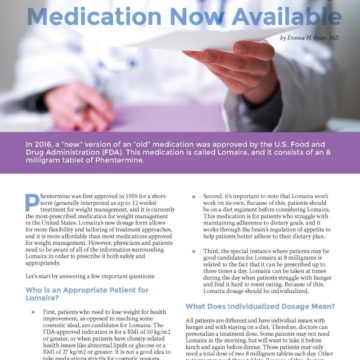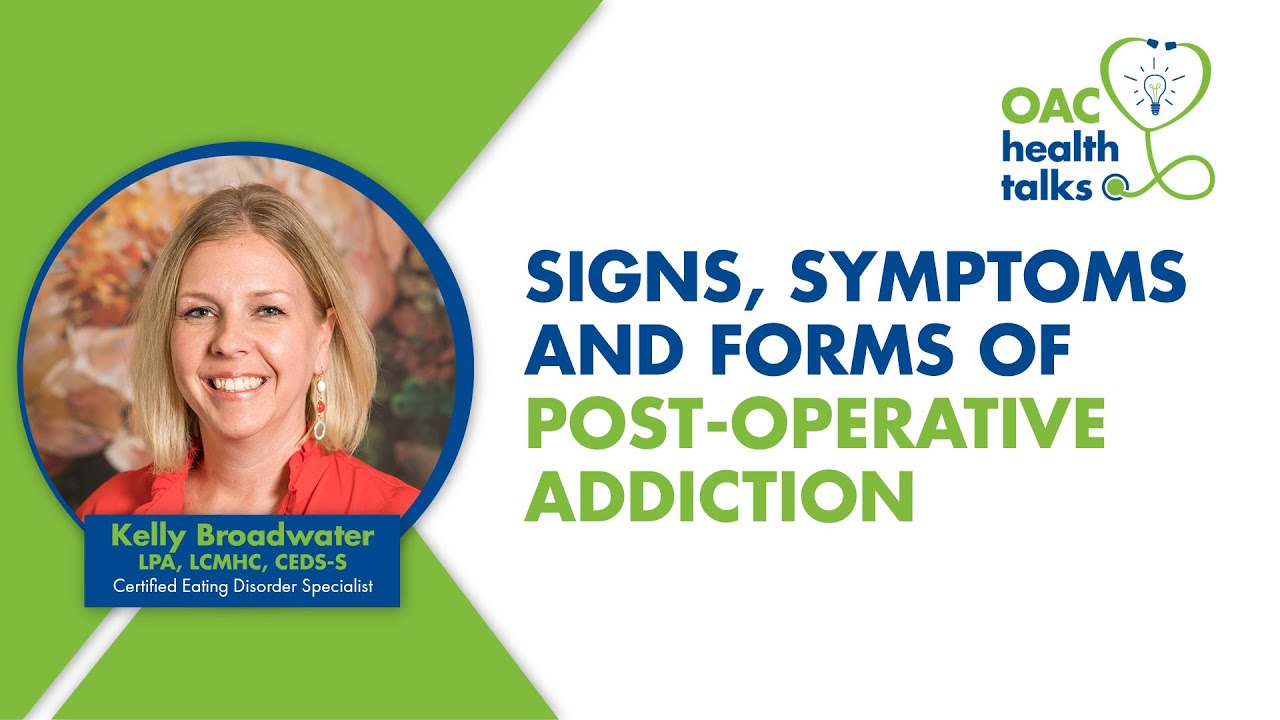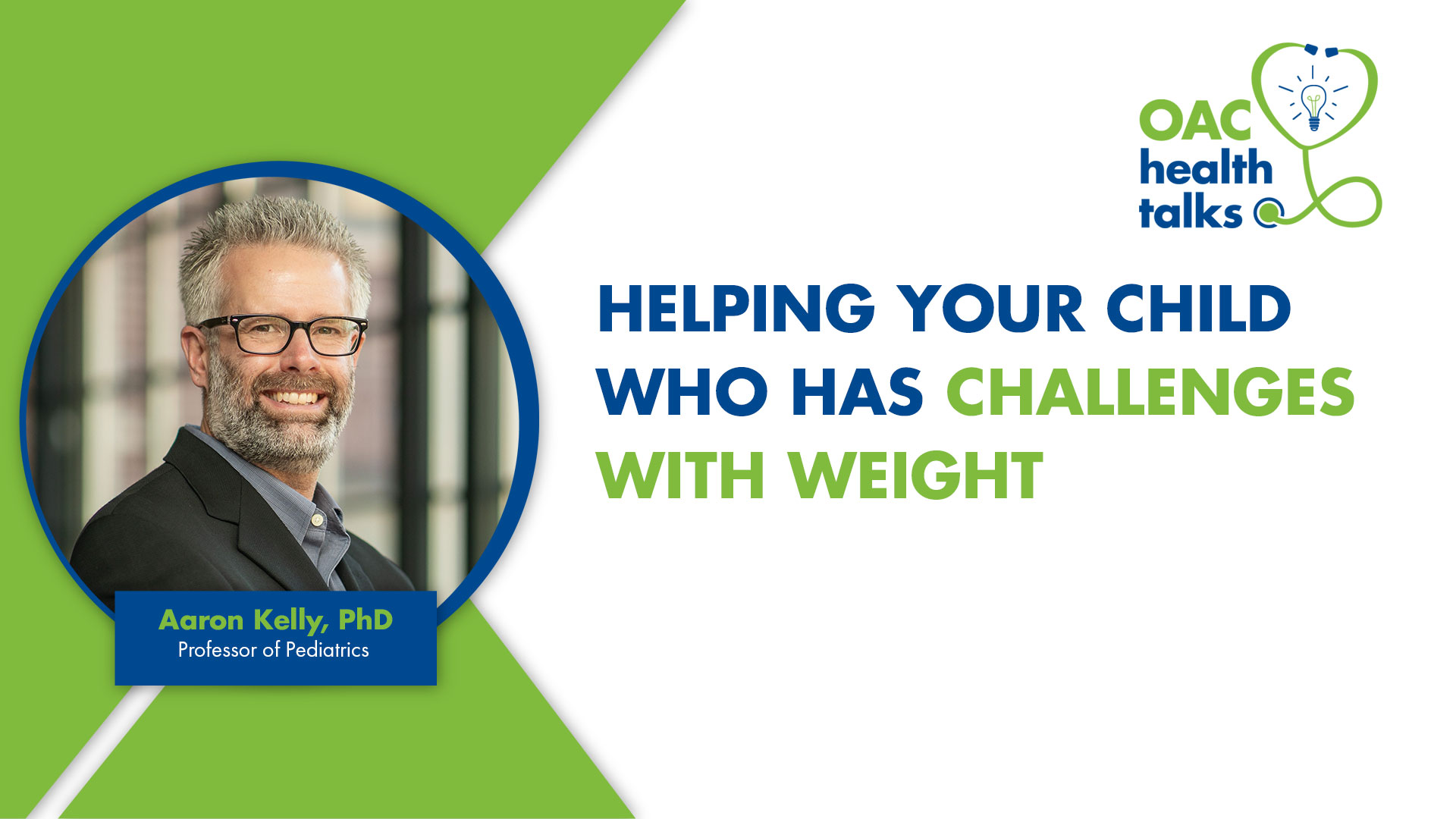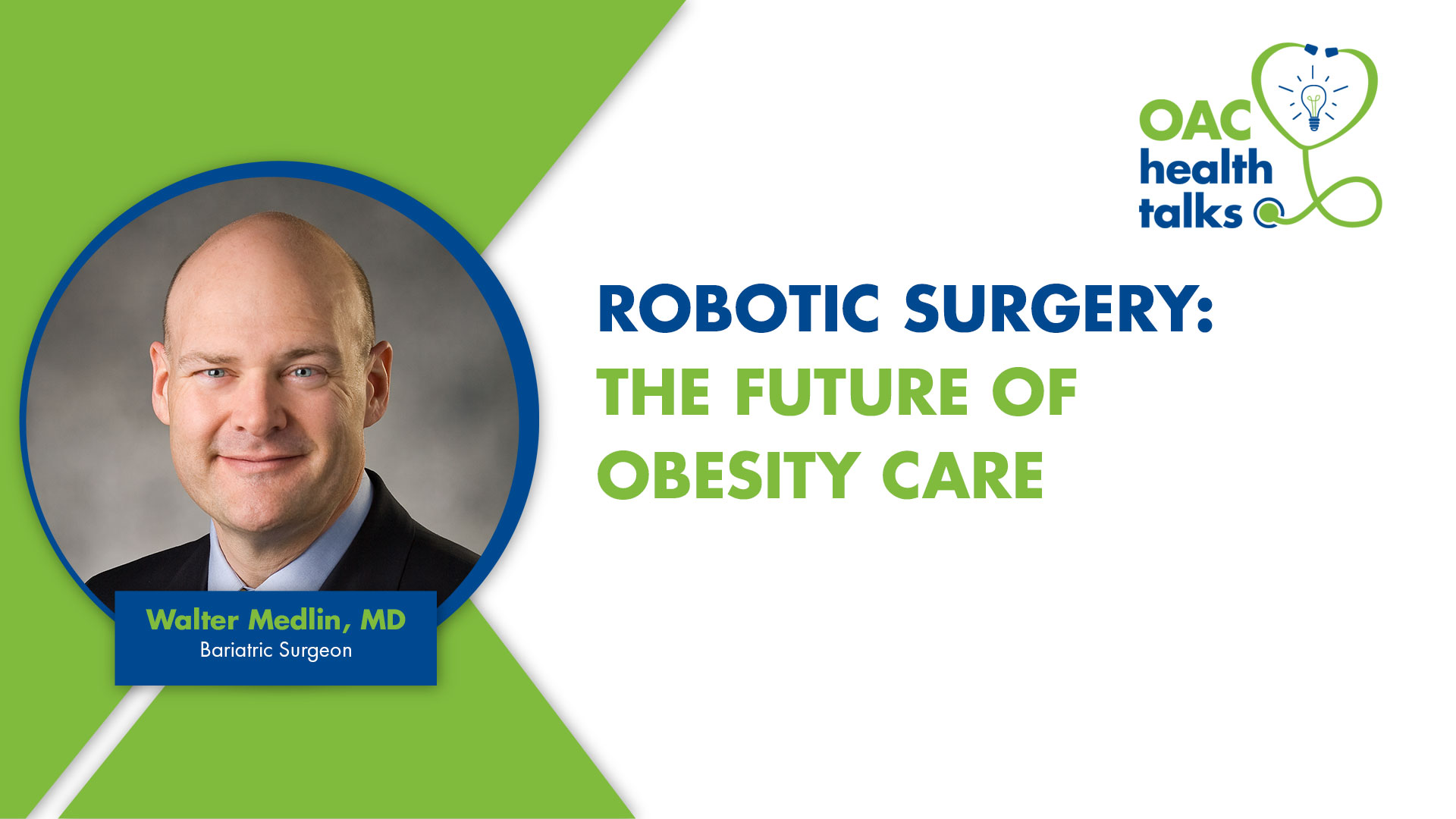Dear Doctor: I Carry All My Weight in My Abdomen. Is this Serious?

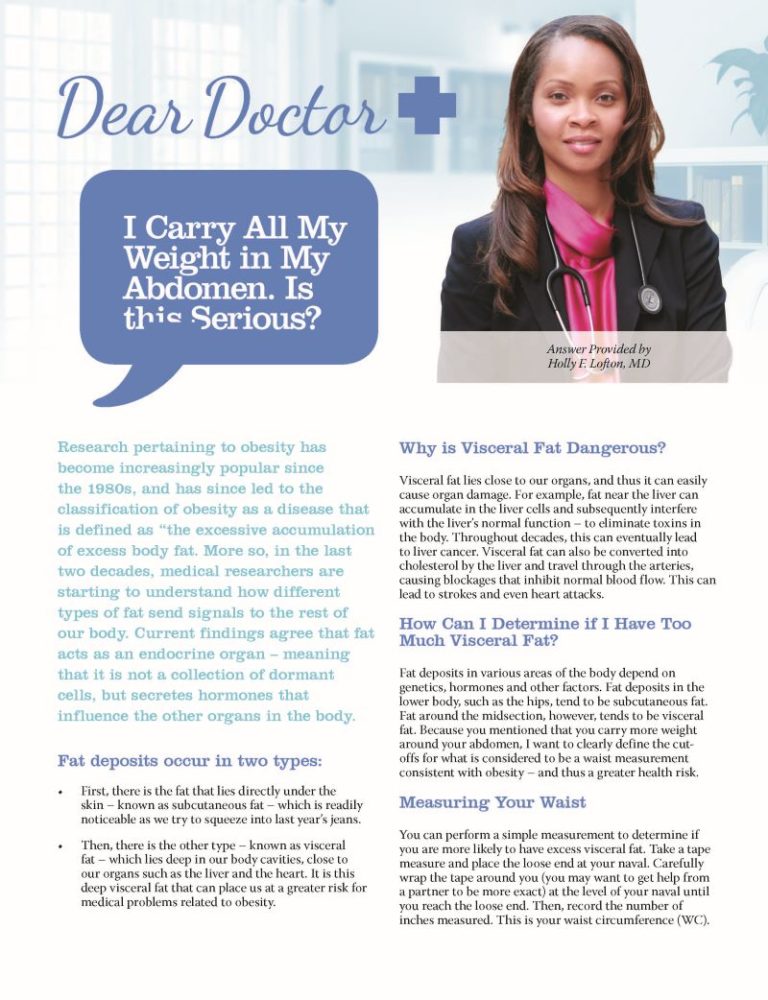
Answer provided by Holly F. Lofton, MD
Winter 2017
Research pertaining to obesity has become increasingly popular since the 1980s, and has since led to the classification of obesity as a disease that is defined as “the excessive accumulation of excess body fat. More so, in the last two decades, medical researchers are starting to understand how different types of fat send signals to the rest of our body. Current findings agree that fat acts as an endocrine organ – meaning that it is not a collection of dormant cells, but secretes hormones that influence the other organs in the body.
Fat deposits occur in two types:
- First, there is the fat that lies directly under the skin – known as subcutaneous fat – which is readily noticeable as we try to squeeze into last year’s jeans.
- Then, there is the other type – known as visceral fat – which lies deep in our body cavities, close to our organs such as the liver and the heart. It is this deep visceral fat that can place us at a greater risk for medical problems related to obesity.
Why is Visceral Fat Dangerous?
Visceral fat lies close to our organs, and thus it can easily cause organ damage. For example, fat near the liver can accumulate in the liver cells and subsequently interfere with the liver’s normal function – to eliminate toxins in the body. Throughout decades, this can eventually lead to liver cancer. Visceral fat can also be converted into cholesterol by the liver and travel through the arteries, causing blockages that inhibit normal blood flow. This can lead to strokes and even heart attacks.
How Can I Determine if I Have Too Much Visceral Fat?
Fat deposits in various areas of the body depend on genetics, hormones and other factors. Fat deposits in the lower body, such as the hips, tend to be subcutaneous fat. Fat around the midsection, however, tends to be visceral fat. Because you mentioned that you carry more weight around your abdomen, I want to clearly define the cut-offs for what is considered to be a waist measurement consistent with obesity – and thus a greater health risk.
Measuring Your Waist
You can perform a simple measurement to determine if you are more likely to have excess visceral fat. Take a tape measure and place the loose end at your naval. Carefully wrap the tape around you (you may want to get help from a partner to be more exact) at the level of your naval until you reach the loose end. Then, record the number of inches measured. This is your waist circumference (WC).
A waist circumference greater than 35 inches for females, and greater than 40 inches for males, meets the criteria for obesity. This number is significant because it also correlates with a higher percentage of visceral fat as compared to someone below these measures.
In a medical setting, doctors use a special x-ray technique called “Dual-energy X-ray Absorptiometry (DEXA, DXA) which can capture an image of your bones, muscle and fat. DEXA can provide a more accurate assessment of the amount of visceral fat in your body. This test is also commonly used to measure bone density.
What Can I Do to Reduce My Visceral Fat?
The good news is that visceral fat can be reversed by lifestyle changes. Although change will take some work, your heart and liver will thank you in the end!
Here are some simple lifestyle changes you can make to reduce the prevalence of visceral fat:
- Reduce Your Calorie Consumption – Reducing the amount of calories you consume in general can help, but this is especially true of calories from fat sources. Specifically, your diet should contain 30 percent or fewer of its total calories from fats. Choose naturally-occurring fat sources in your diet, such as nuts and avocados, instead of processed fats like butter or hard cheese.
- Read Labels Carefully – Be sure to watch the saturated fat content of the foods you eat. Ideally, the goal is to eat fewer than 7 percent of your total calories from this type of fat because it’s more likely to clog your blood vessels. These are common in foods such as meats and whole-fat dairy.
- Have Very Few Trans Fats –These are the most dangerous! Trans fats tend to be present in packaged foods, desserts, etc.
- Enjoy Your Food – Don’t worry, you can still enjoy whole grains, fruits, vegetables and lean proteins in the war against visceral fat.
- Walk Frequently – Studies show that visceral fat was significantly reduced when the diet changes above were combined with moderate physical activity such as brisk walking. I recommend walking until you feel you are “huffing and puffing” but can still talk. This type of exercise at least six days a week for 30 minutes a day can help you win the war against disease!
- Incorporate Strength Training – Building muscle helps fight fat, so don’t neglect resistance training. You can use your own body weight, weight machines or free weights to increase your muscle mass.
Finally, I recommend that you work with your healthcare provider for additional recommendations and to monitor your health as you fight against visceral fat. Maintaining consistency with the above lifestyle changes takes dedication and time, so you may want to enlist a support system to help you maximize your outcome and optimize your health!
About the Author:
Holly F. Lofton, MD, is an assistant professor of medicine and surgery at NYU School of Medicine. She treats adults affected by overweight and obesity and designed the popular New You weight-loss program for those who have not been able to achieve weight-loss with conventional methods. She is also a member of the OAC National Board of Directors.
Post-operative addiction is often overly simplified as transfer addiction or cross-addiction, assuming individuals “trade” compulsive eating for…
View VideoIt can be challenging to find the right help for your child who has obesity. The first…
View VideoConsidering a robotic surgery procedure? In this Health Talk, you’ll hear from bariatric surgeon Walter Medlin, MD,…
View Video




